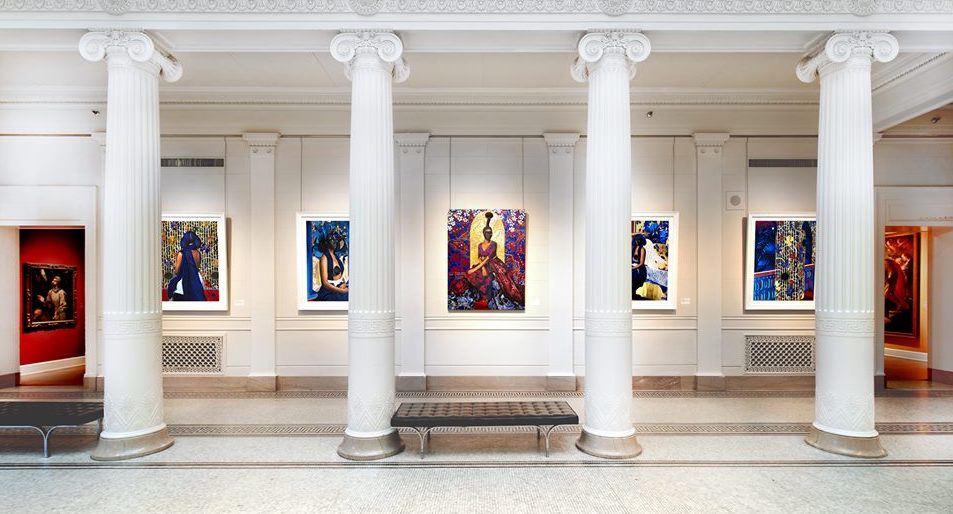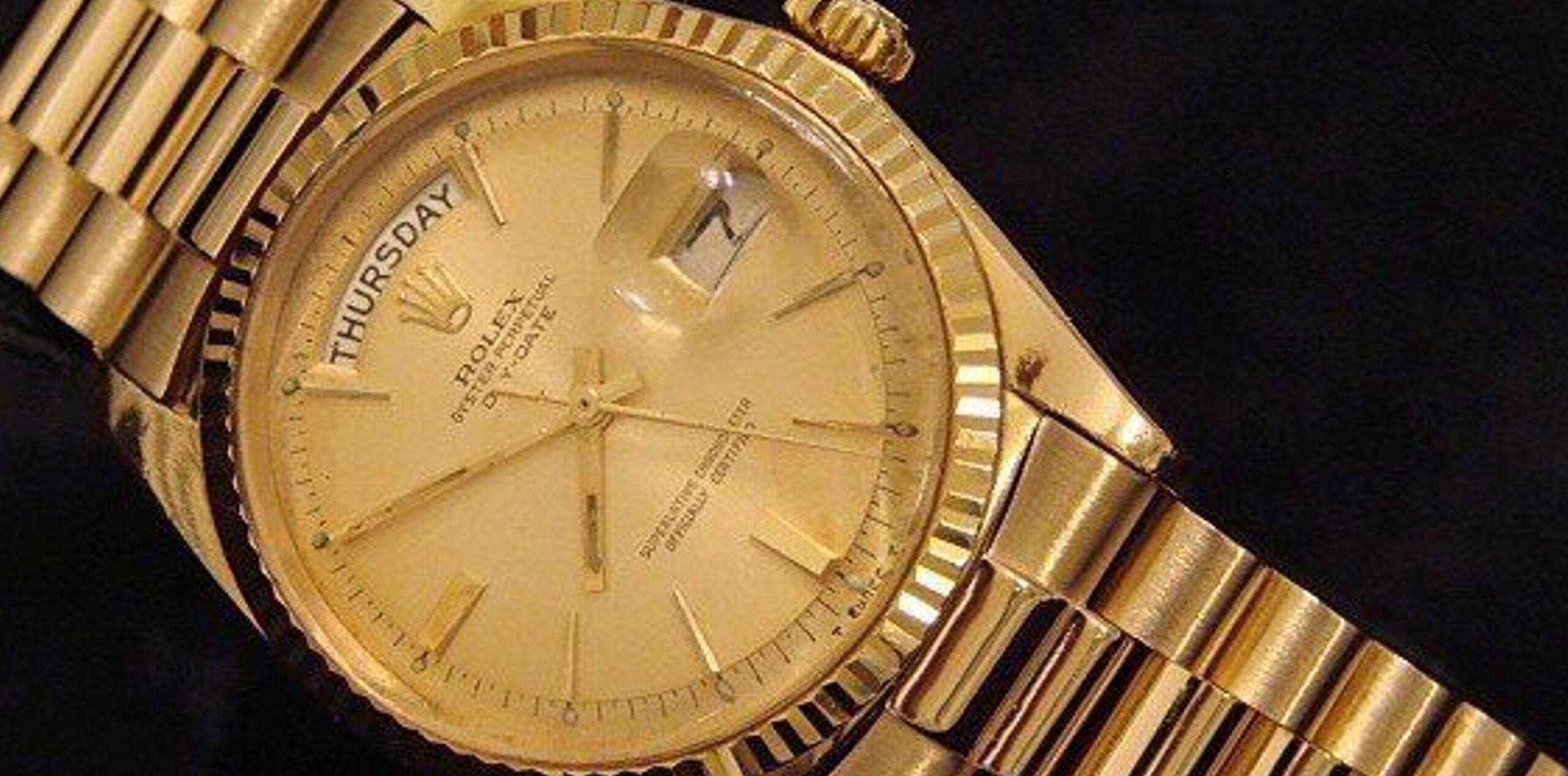The appreciation of art isn’t always a sure thing, but when it does occur, it usually happens for reasons similar to those behind the appreciation of other types of assets. Here are several factors that can contribute to the appreciation of art:
1. Artist’s Reputation/Recognition: If an artist gains fame or their work becomes more widely recognized, the value of their art can increase. This can happen while the artist is alive or posthumously. For example, Vincent van Gogh’s work was largely unrecognized during his lifetime, but today his paintings are among the most expensive in the world.
2. Rarity/Scarcity: If an artist creates a limited number of works, those pieces can become more valuable due to their scarcity. This is especially true if demand for the artist’s work is high.
3. Historical Importance: Artworks that have played a significant role in art history or that represent important movements or periods can appreciate in value due to their historical significance.
4. Provenance: The history of a piece of art, including who has owned it, can also affect its value. For example, if a piece was previously owned by a well-known collector or if it has been part of prestigious exhibitions, it may be more valuable.
5. Condition: The better the condition of a piece of art, the more valuable it is likely to be. Works that have been well-preserved or professionally restored are often more desirable to collectors.
6. Market Trends: Art, like other commodities, is subject to market trends. If a particular genre, style, or artist becomes fashionable, the value of related artworks can increase. Similarly, the value can decrease if the trend shifts.
7. Cultural Significance: Art that captures the zeitgeist of a particular era or has significant cultural relevance can also appreciate in value.
8. Demand: As with any market, the value of art can be influenced by supply and demand. If many collectors want a particular piece or work from a certain artist, and there aren’t many available, the price is likely to go up.
Remember, just as with any investment, purchasing art carries risks, and there’s no guarantee that a piece of art will appreciate in value. It’s also important to note that the art market can be influenced by various factors, including economic conditions, and is often less liquid than other types of markets. As such, potential investors in art should do thorough research and consider seeking advice from experts.










Be the first to comment